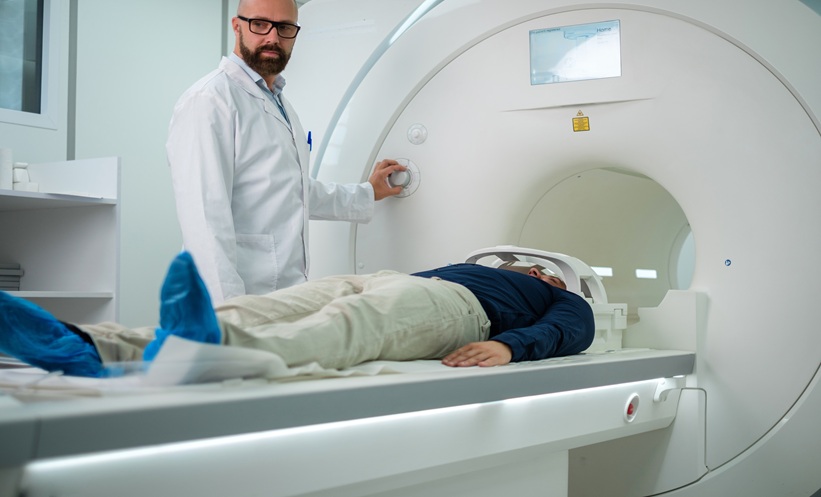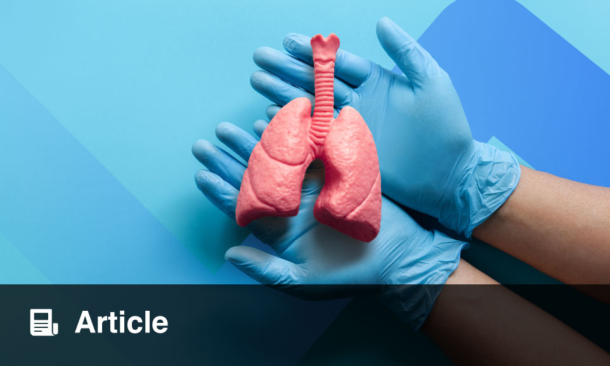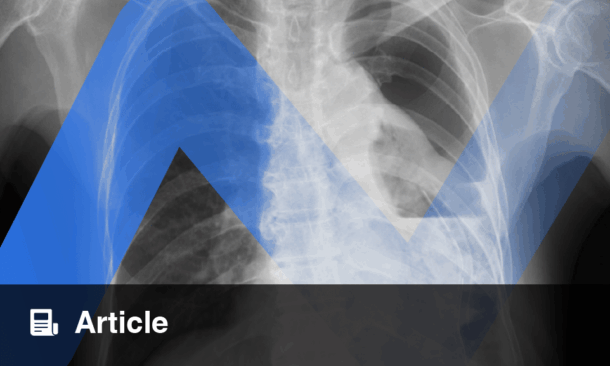A pilot study using indocyanine green lymphography (ICG-L) has provided new insight into how head and neck cancer (HNC) treatments disrupt lymphatic drainage and contribute to lymphoedema, highlighting an often-overlooked source of physical and neurological symptom burden among survivors.
Head and neck lymphoedema (HNL), a common consequence of surgery and radiation therapy for HNC, can severely affect quality of life. This study enrolled 20 individuals with HNL and 10 healthy controls to assess changes in lymphatic drainage and associated symptoms using a multimodal evaluation that included ICG-L imaging, bioimpedance spectroscopy (BIS), skin and tissue assessments, and patient-reported symptom surveys.
ICG-L revealed that patients who had not undergone surgery or who received unilateral treatment retained their original lymphatic drainage patterns. In contrast, those who had bilateral treatment displayed significant alterations, with compensatory drainage patterns emerging to bypass disrupted pathways. These imaging findings aligned with patients’ self-reported symptoms and physical assessment results.
Participants with HNL experienced notably higher levels of soft tissue discomfort, neurological symptoms, and biobehavioral complaints compared to controls, with all categories showing statistical significance (p<0.001). Physical assessments also demonstrated key differences. Skin analysis identified fibrosis and swelling, while BIS data showed lower skeletal muscle mass percentages (p=0.015) and reduced phase angle measurements (p=0.002), pointing to compromised tissue integrity and cellular health. Significant lymphatic dysfunction was detected in patients with HNL (p=0.002), further affirming the disruptive impact of cancer treatments on fluid regulation. These objective measures, in combination with patient-reported outcomes, underscore the multifaceted burden of HNL. The findings suggest that ICG-L may be a valuable tool in personalizing management for HNL, especially in identifying individuals with altered lymphatic flow who may benefit from targeted rehabilitation strategies. While larger studies are needed, this work supports integrating advanced imaging into post-treatment surveillance and symptom management planning for head and neck cancer survivors. Reference: Gaitatzis K et al. Assessing Head and Neck Cancer-Related Lymphoedema Using Indocyanine Green Lymphography—A Pilot Study. Head Neck. 2025. doi: 10.1002/hed.28252. [Online ahead of print]








